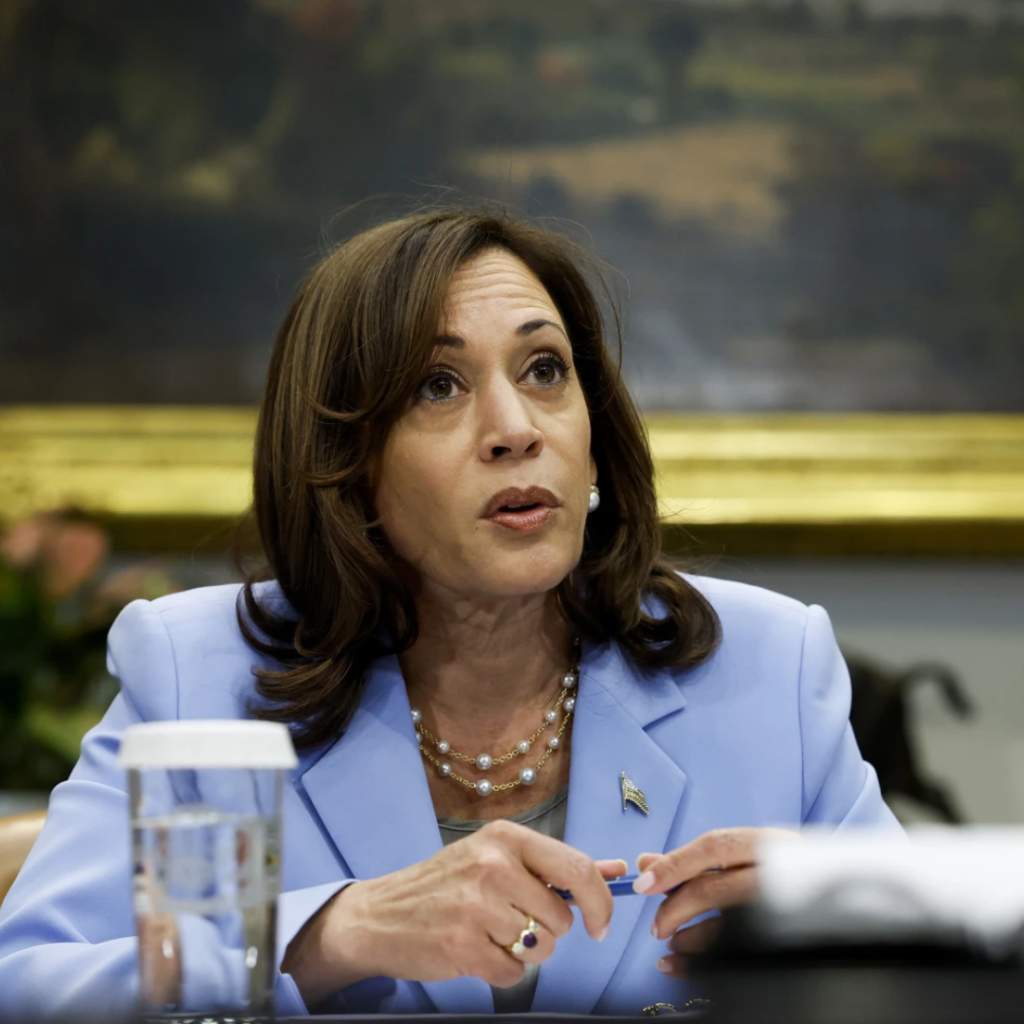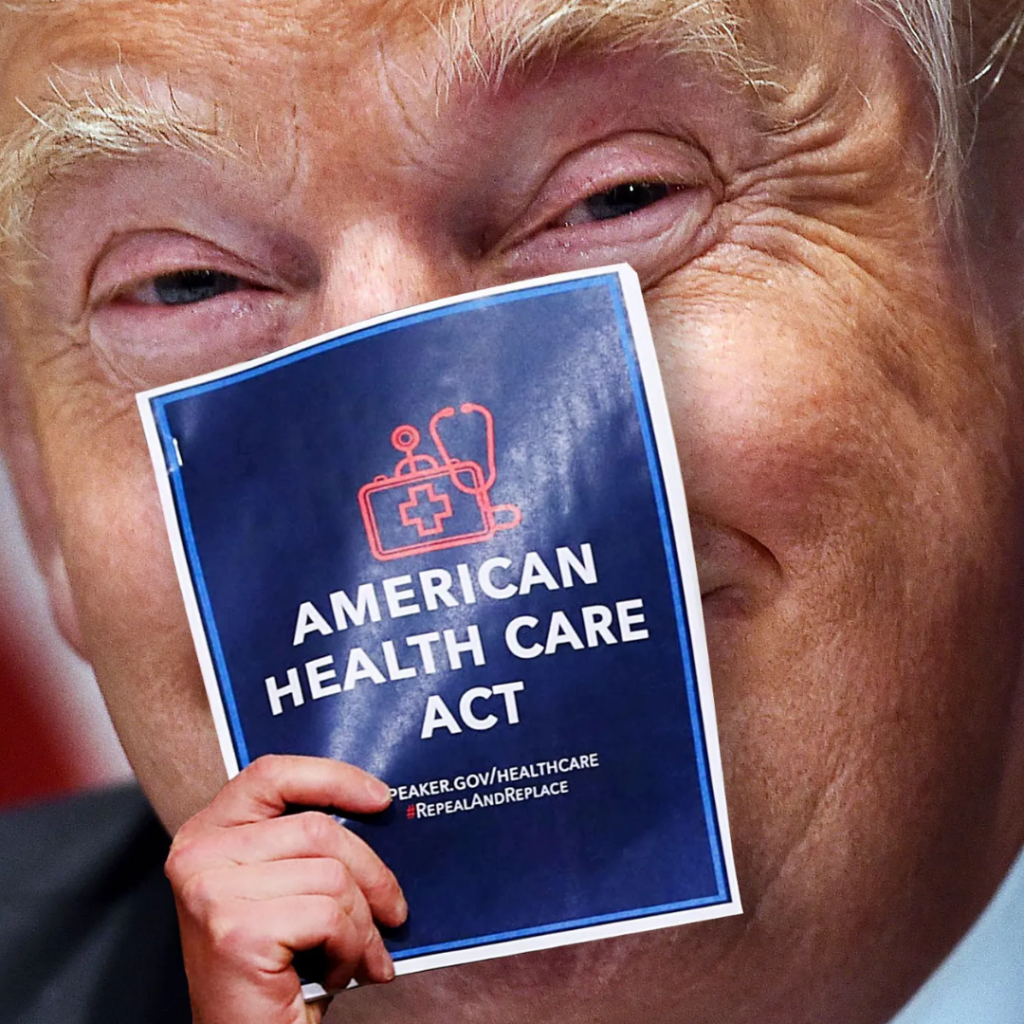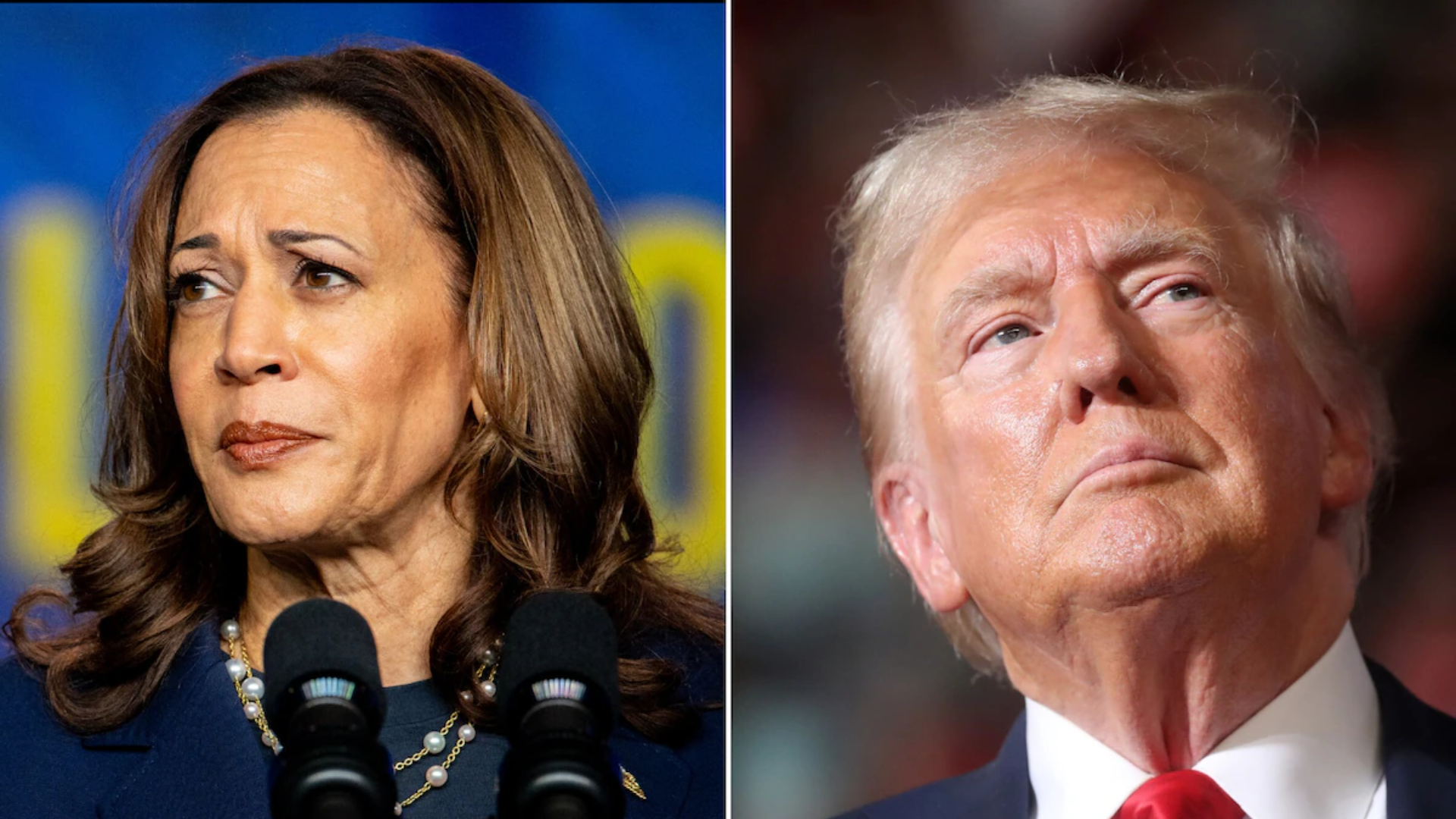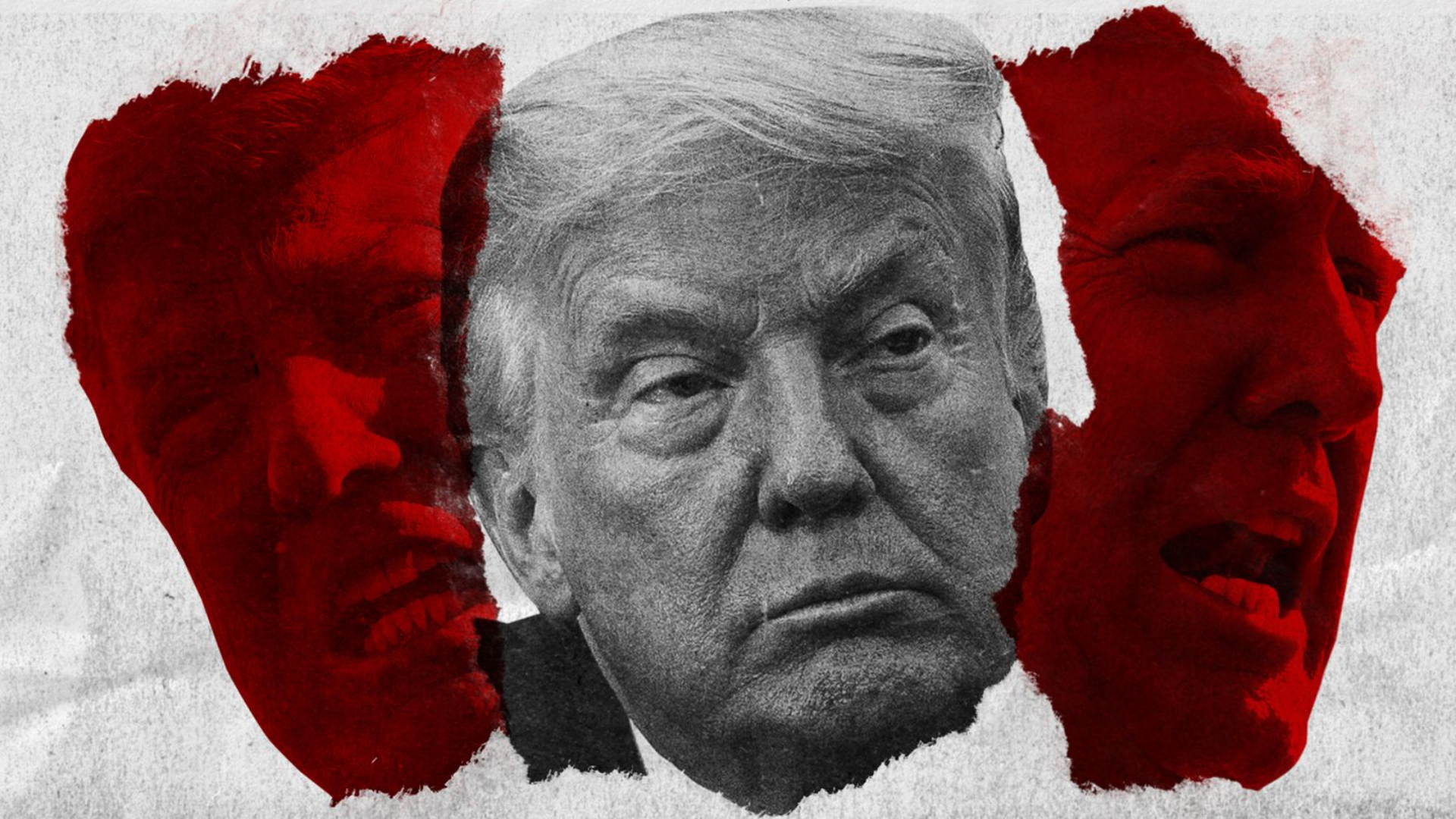
Vice President Kamala Harris has built her healthcare proposal around a continued commitment to affordability, accessibility, and debt relief. Following the Biden administration’s groundwork, her plan leans heavily on expanding cost-cutting measures for Medicare and ensuring fair drug pricing.
By supporting the Inflation Reduction Act (IRA), Harris emphasizes Medicare’s new authority to negotiate directly with pharmaceutical companies on prices—a historic shift aimed at helping seniors afford necessary medications. Harris has particularly focused on lowering the price of essential drugs, such as insulin, which has long been a burden for patients with chronic conditions.
In her August speech, Harris stated, “I’ll lower the cost of insulin and prescription drugs for everyone, with your support, not only our seniors.” She also highlighted her goal to curb inflated drug prices by demanding greater transparency from pharmaceutical middlemen.
These middlemen often operate in the shadows between drug manufacturers and insurance providers, driving up prices for consumers. By tackling these opaque practices, Harris hopes to create a system where patients understand what they’re paying for—and why.

Beyond prescription drugs, Harris’s healthcare proposal includes a unique approach to address the burden of medical debt. Inspired by North Carolina Governor Roy Cooper’s efforts, Harris proposes incentivizing hospitals to forgive certain debts for patients. This initiative aims to relieve families from staggering medical bills, a significant source of financial strain for many Americans.
By making debt cancellation part of her healthcare strategy, Harris advocates for a more compassionate approach, where healthcare isn’t a looming financial burden but a right that Americans can access without fear of lifelong debt.

On the other side of the aisle, former President Donald Trump brings a market-focused approach to healthcare reform, aimed at boosting transparency and competition. During his first term, Trump emphasized the need for patients to make more informed financial decisions in the healthcare system, pushing for hospitals to disclose pricing for services upfront.
The idea, championed by Trump’s running mate, Senator JD Vance, centers on empowering consumers with information to help drive down costs. As Vance put it, “That price transparency will actually give American consumers a little bit more choice and will also drive down costs.” This strategy banks on the concept that when consumers understand pricing, providers will feel pressured to offer competitive rates.
Another cornerstone of Trump’s past healthcare policy was banning “gag clauses,” which had prevented pharmacists from informing patients of cheaper medication alternatives. This rule aimed to eliminate barriers that forced patients to overpay, targeting a cost-saving angle by giving consumers access to the most affordable options. Trump’s team sees these moves as critical in a healthcare landscape often criticized for its lack of clarity and high prices.

However, while Trump has made strong pushes for transparency and reducing drug prices, his stance on Medicare’s direct negotiation for drug prices remains complex. Initially, he supported this idea, signing an executive order that aimed to ensure Medicare didn’t pay more for physician-administered drugs than other countries.
Yet, that rule faced legal challenges and was eventually rescinded. Since then, Trump’s campaign has provided mixed messages on whether he would renew this initiative. His spokesperson Anna Kelly vaguely reaffirmed Trump’s commitment to securing low drug prices, stating, “President Trump will fight to get Americans the best drug prices in the world that are produced at the highest standard by manufacturing them here in the USA.”
This complex stance showcases Trump’s reliance on market-driven policies rather than legislative mandates, such as those put forth in the IRA. While Trump’s approach centers on competition, Harris’s leans toward government intervention to control costs directly.
As the election approaches, voters are presented with two starkly different healthcare visions: one that expands government involvement to safeguard affordability and transparency, and another that prioritizes deregulation and market incentives to give consumers more choice in navigating their healthcare options.













